Chittorgarh Fort
A former bastion of Rajput chivalry, this massive hill fort is the site of legend and tragedy.
Everything about the Chittorgarh hill fort, a rock island that rises steeply from the plains, is on a colossal scale. The half-mile ascent through seven gates takes you almost 500 feet up to a plateau that’s nearly four miles long. The fort covers the entire plateau, encompassing a village, a reservoir, several active temples, and countless deserted, sublimely beautiful ruins.
There’s so much to see here, including the remains of ancient palaces, temples, and towers built between the 8th and 16th centuries in a wide variety of architectural styles. Many are shrouded in stories and legends.
Near the crumbling 15th-century Palace of Rana Kumbha are the exquisite Meera and Kumbha Shyam Temples. The smaller Meera Temple was built for Princess Meerabai, a 16th-century mystic poet who to this day is considered a legendary figure. After the death of Princess Meerabai’s husband, the crown prince, her in-laws attempted to murder her, but she credited her survival to Lord Krishna’s intervention. Henceforth, she devoted her life to Krishna, and left the palace to wander among the holy men of North India, composing poems and songs that continue to be performed.
Other key sites include Padmini’s Palace and the lavishly carved Vijay Stambh, or Tower of Victory, the symbol of Chittorgarh. Visitors can climb to the top, rising over 100 feet up a set of dark narrow stairs. Padmini’s Palace is in a slightly dilapidated state, but you can still stand inside and see the serene pavilion, surrounded by a small pool in the center of the fort, where Sultan Alauddin Khiliji beheld the legendary beauty Rani Padmini in one of the most well-known historical tales in India.
In 1303, the infamous warrior king was reputed to have glimpsed Rani Padmini’s reflection in a mirror as she sat on the steps of a pavilion and fell in love with her. From his seat of power in Delhi, he then launched a brutal attack on the kingdom of Chittor to capture her, after betraying Rana Ratan Singh, Rani Padmini’s husband. When defeat was inevitable, the proud Rajput people of Chittor chose to sacrifice their lives, rather than be captured by the invaders. The men rode out into battle and certain death, while 13,000 women and children jumped into a massive funeral pyre, in a practice called jauhar—including Rani Padmini.
Amazingly, this policy of death before submission was put to the ultimate test two more times in the history of the Sisodia clan at Chittorgarh. In 1535, Sultan Bahadur Shah besieged the fort, resulting in another ghastly jauhar. The final disaster happened just a few years later when Emperor Akbar took the fort, and again the women and children surrendered their lives in jauhar.
Know Before You Go
Chittorgarh, also called Chittor Fort, is the largest hill fort in Rajasthan, and to see it all you will cover a distance of 8 miles (13 kilometres). Guides are available. The fort is open every day from 9 a.m. to 5 p.m. The foreign ticket price is 100 rupees. Domestic tickets are 50 rupees, or 25 rupees for seniors and students.
Chittorgarh Fort is a UNESCO World Heritage site, part of a group of six hill forts in Rajasthan.
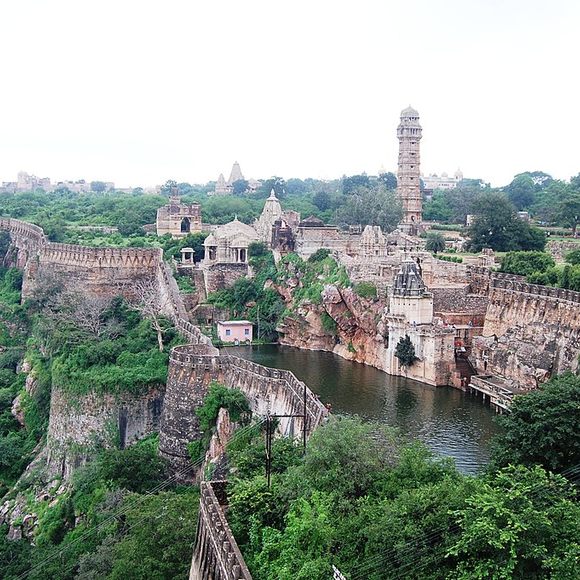




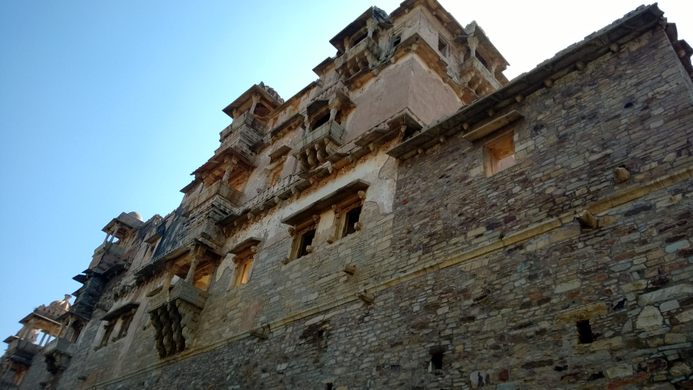



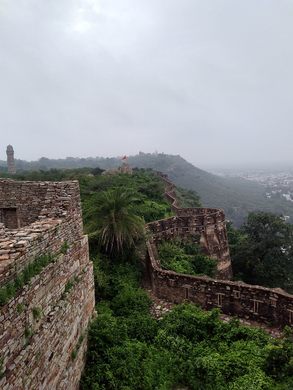









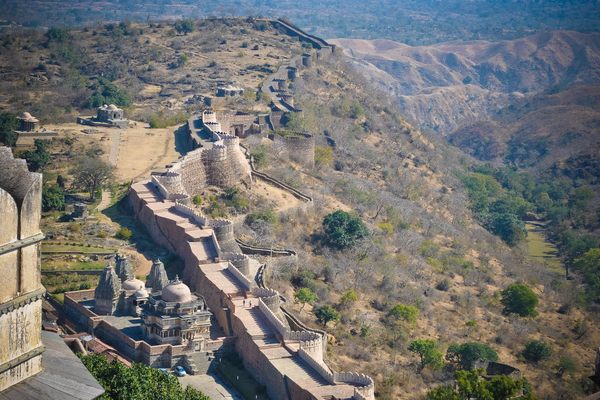




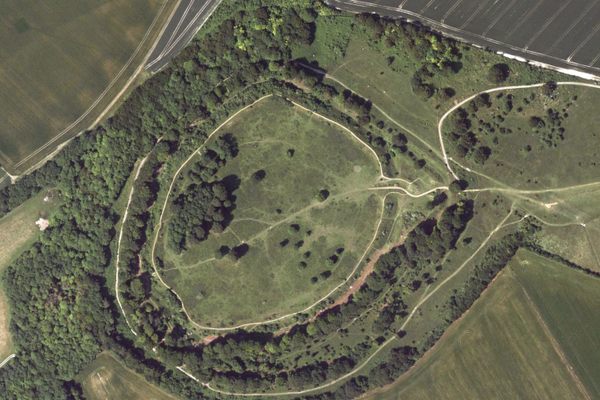

Follow us on Twitter to get the latest on the world's hidden wonders.
Like us on Facebook to get the latest on the world's hidden wonders.
Follow us on Twitter Like us on Facebook